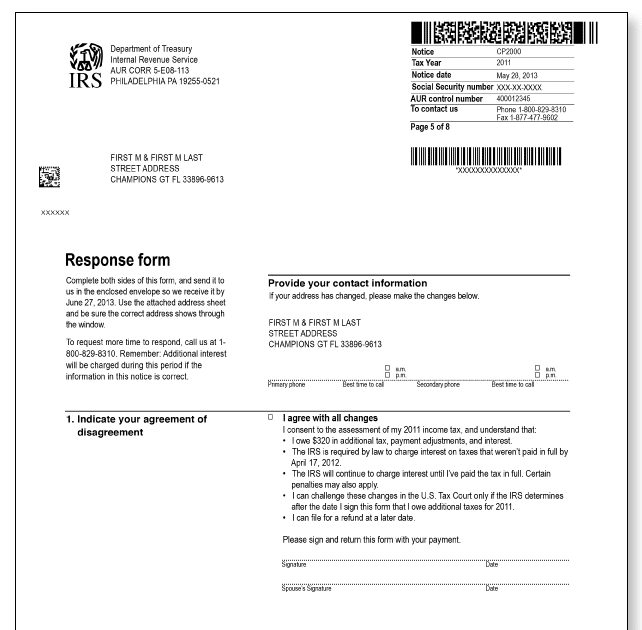
Unlock Your 2021 Recovery Rebate Credit: A Comprehensive Guide to Eligibility and Claiming
Introduction
The 2021 Recovery Rebate Credit, also known as the third stimulus payment, was a significant financial aid package distributed by the federal government to American taxpayers in response to the economic disruption caused by the COVID-19 pandemic. This credit has provided much-needed relief to millions of individuals and families, but its complexities have also led to confusion and uncertainty among some recipients.
Eligibility Criteria
To be eligible for the Recovery Rebate Credit, individuals must meet the following criteria:
- Have a valid Social Security number (SSN) or Individual Taxpayer Identification Number (ITIN).
- Have filed a 2020 tax return (or 2019 if not required to file in 2020) by the filing deadline, including any extensions.
- Meet the 2020 income limits:
- $75,000 for single filers
- $150,000 for married couples filing jointly
- $112,500 for head of household filers
How to Claim the Credit
Taxpayers who meet the eligibility criteria can claim the Recovery Rebate Credit on their 2021 tax return by:
- Using tax software or a tax professional.
- Filing the 2021 Schedule C, Credit for Other Taxes (Form 1040).
- Including the Recovery Rebate Credit amount on Line 30 of the 2021 Form 1040.
Amount of the Credit
The amount of the Recovery Rebate Credit is based on the taxpayer’s 2020 income and filing status. Eligible individuals can receive up to:
- $1,400 for single filers
- $2,800 for married couples filing jointly
- $1,400 for each qualifying child or dependent
Refund Advance
Some taxpayers may have received a Refund Advance payment in advance of the actual Recovery Rebate Credit. This payment is treated as part of the credit and should be included when calculating the total credit amount.
Errors and Delays
The IRS has encountered some challenges in processing the Recovery Rebate Credit, leading to errors and delays in payment. If a taxpayer has not received their credit or believes there has been an error, they should contact the IRS directly.
Perspectives and Analysis
Perspectives from Taxpayers
Many taxpayers expressed gratitude for the financial assistance provided by the Recovery Rebate Credit. However, some also faced difficulties in accessing the credit due to eligibility requirements, technical issues, or delays in processing.
Perspectives from Policymakers
Policymakers generally viewed the Recovery Rebate Credit as a necessary measure to support American households during the pandemic. However, some concerns were raised about the cost and potential unintended consequences of providing such large-scale financial assistance.
Research and Data
Research has shown that the Recovery Rebate Credit has a positive impact on consumer spending and economic growth. A study by the Economic Policy Institute found that the first round of stimulus payments boosted consumer spending by 0.5% in the first quarter of 2021.
Conclusion
The 2021 Recovery Rebate Credit has provided substantial financial relief to American taxpayers during the COVID-19 pandemic. While the eligibility criteria and claiming process have been complex, the majority of eligible individuals have been able to access this important credit. As the IRS continues to address errors and delays, it is crucial for taxpayers to remain informed and seek assistance if needed.
The broader implications of the Recovery Rebate Credit extend beyond immediate financial support. The credit has helped stimulate consumer spending and boost economic growth during a time of great uncertainty. It also highlights the importance of government intervention to provide financial assistance to vulnerable populations during economic downturns.











